In the middle of January – just 10 and a half months ago – Liberty Media took control of Formula One.
Bernie Ecclestone was named chairman emeritus, a role that meant very little. His days in charge were over. Chase Carey became the new chairman and he brought in Sean Bratches to head commercial operations and Ross Brawn to look after sporting matters.
As part of the sale process, F1 was listed on the NASDAQ stock exchange (with the ticker ‘FWONK’) and work began to reduce the company debt load and remove the former shareholders from the business. Carey is now happy with the debt levels. The share price has risen from around $26 (£20) to $38 (£29), having peaked at $41 (£31). The market seems to be confident that Liberty will do a good job.
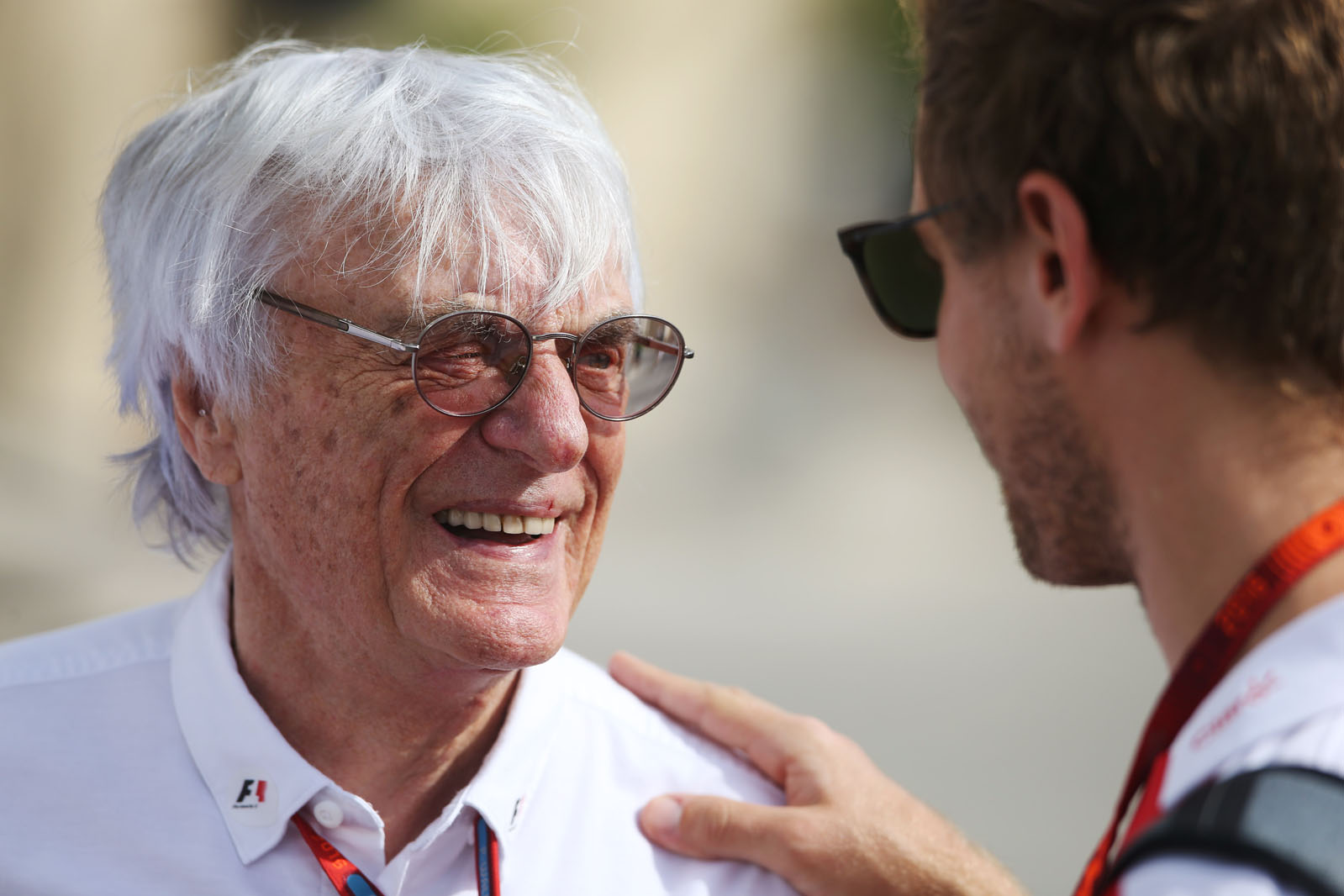
Carey and Bratches have negotiated some new contracts, with circuits and TV companies, the organisation has moved into new offices and it has been recruiting heavily, creating a proper corporate structure. The firm’s philosophy is to grow the sport and get everyone else to support it. The men in charge are thinking strategically and collaboratively – and that is something the teams need to get used to, after years of Ecclestone’s ‘divide and conquer’ techniques.
“We have been actively engaged with all teams to shape a shared vision for the sport that will create real value for all stakeholders,” Carey says. “We are pleased with the collaborative discussions we are having.
These discussions will take time, but we appreciate their receptivity towards further aligning our incentives for the long-term benefit of the sport.”
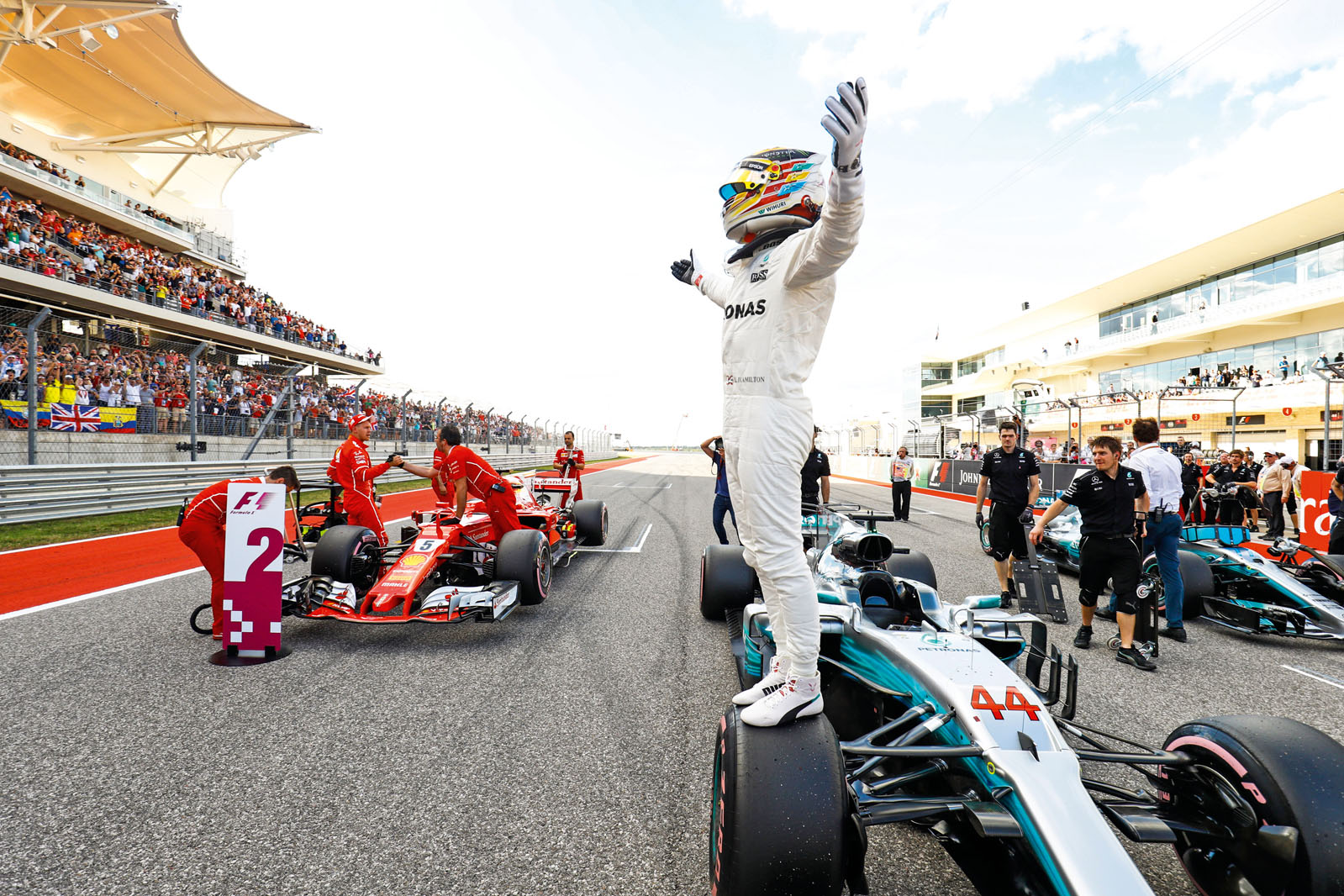

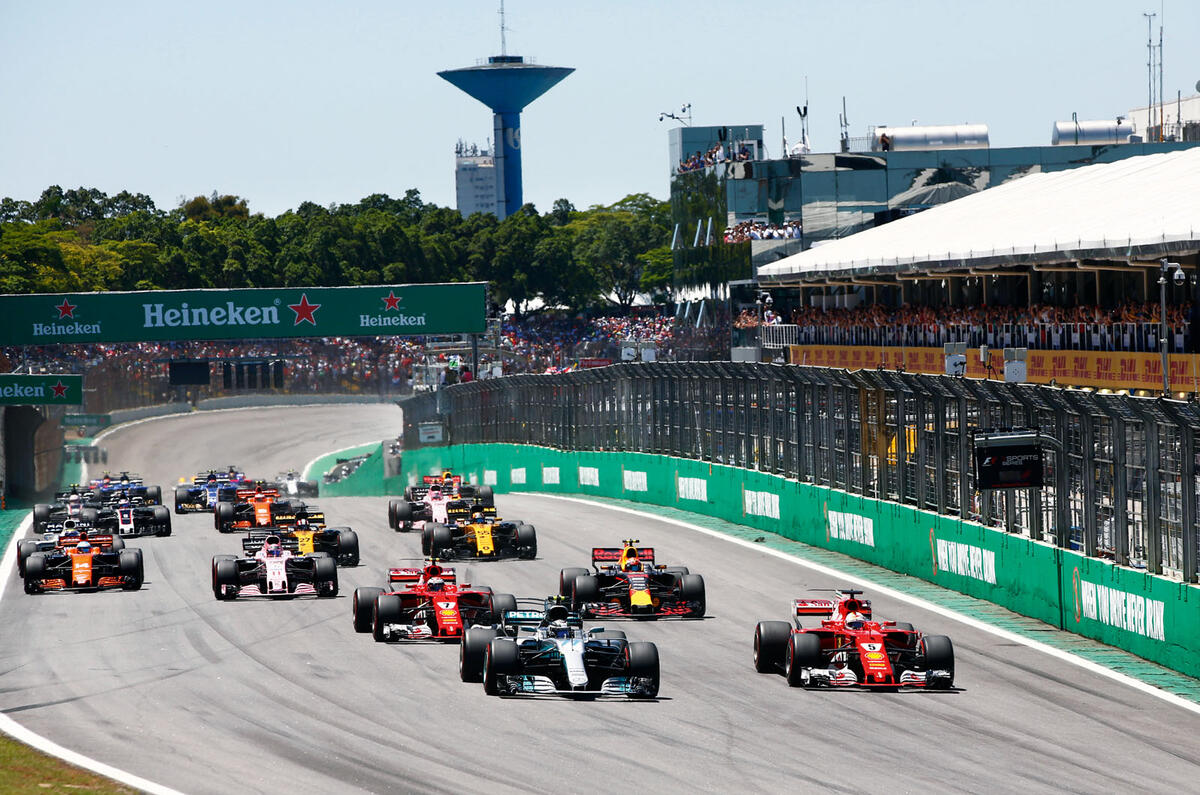















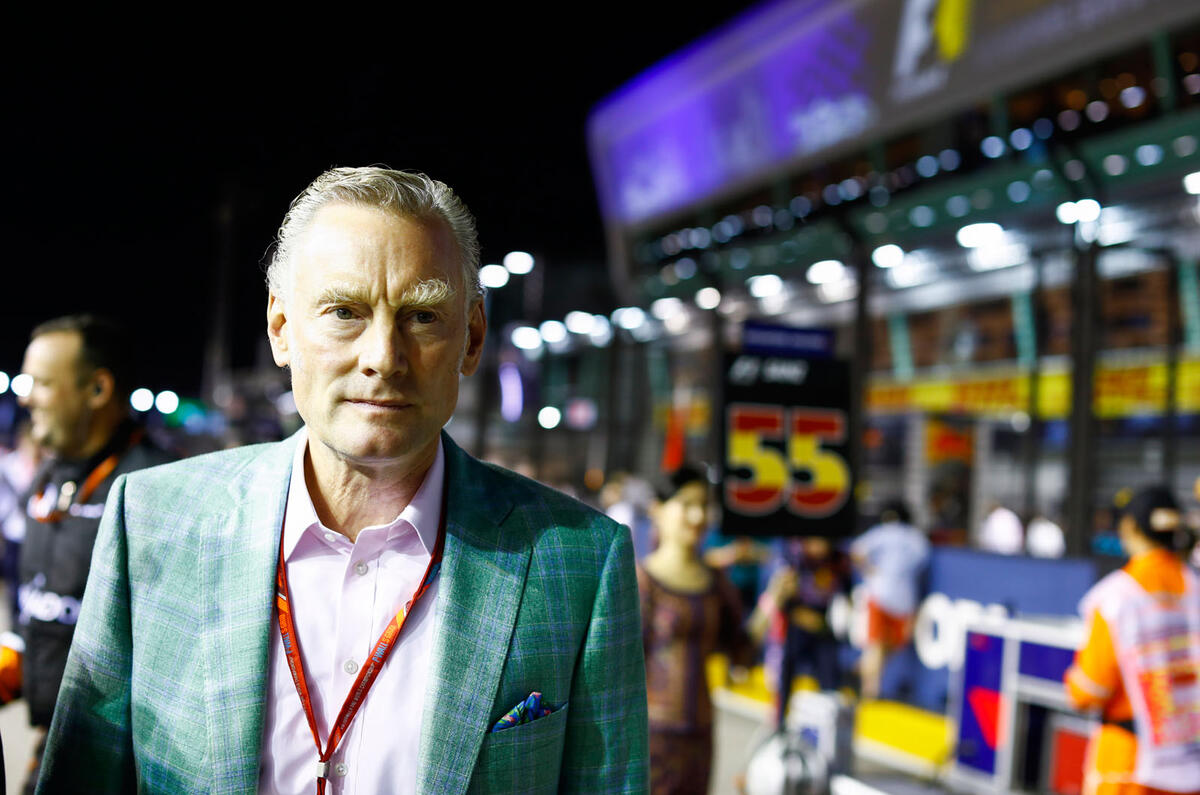
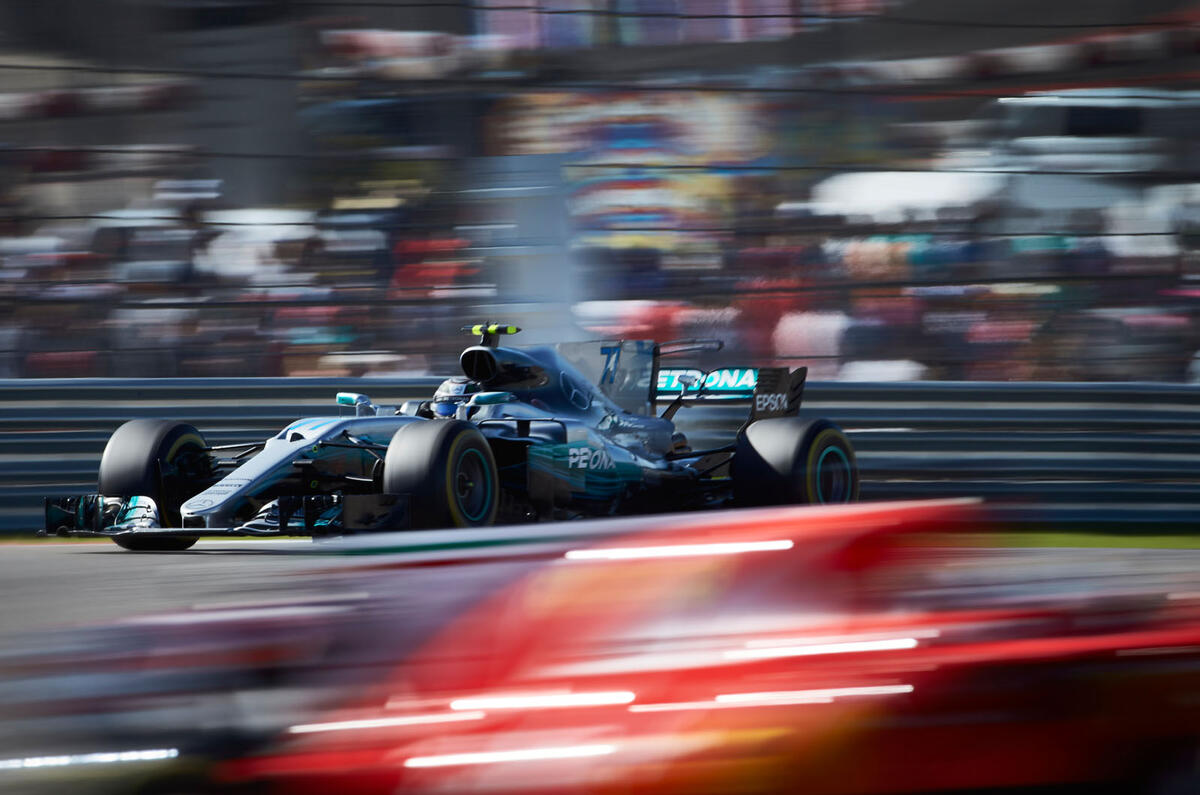


















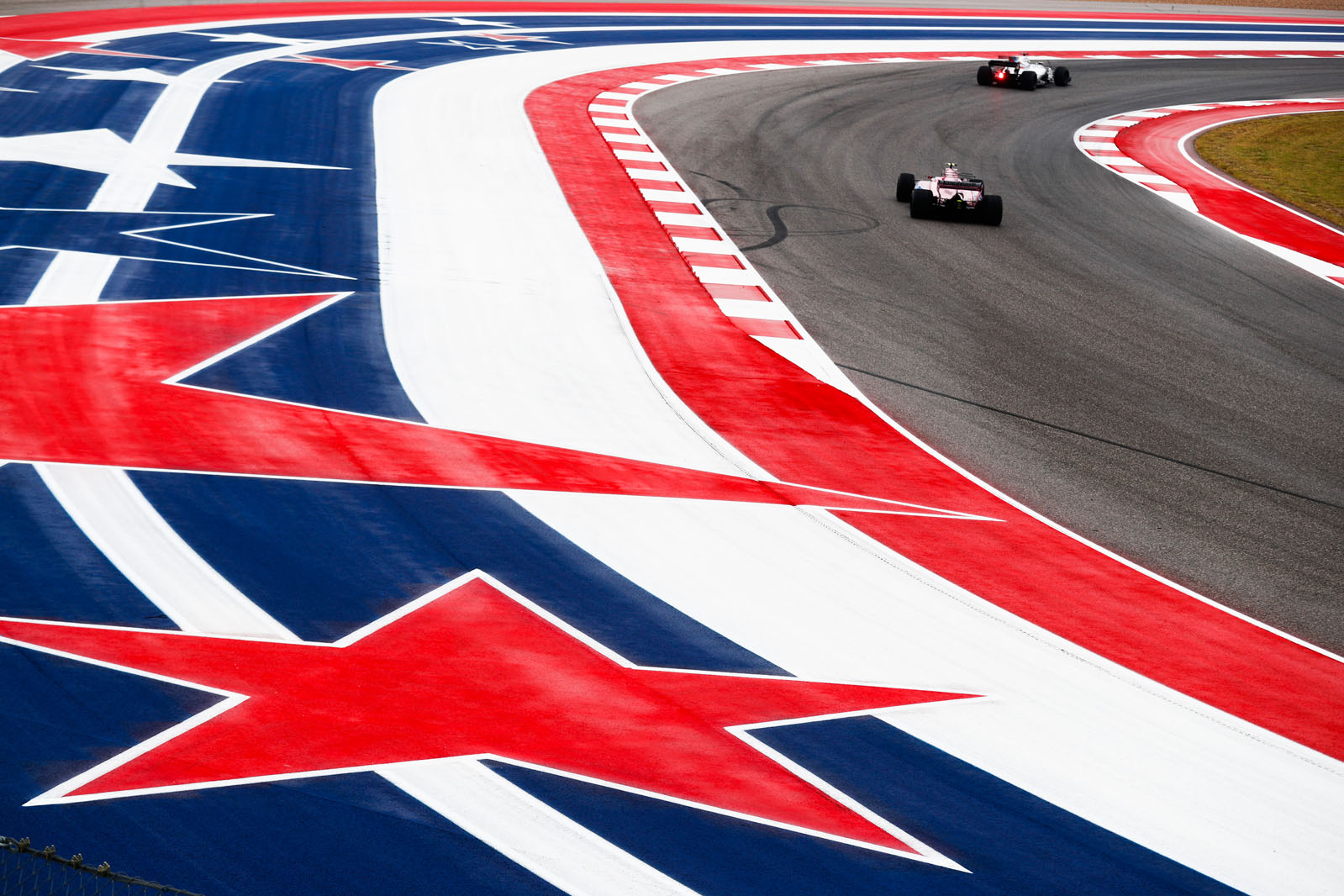

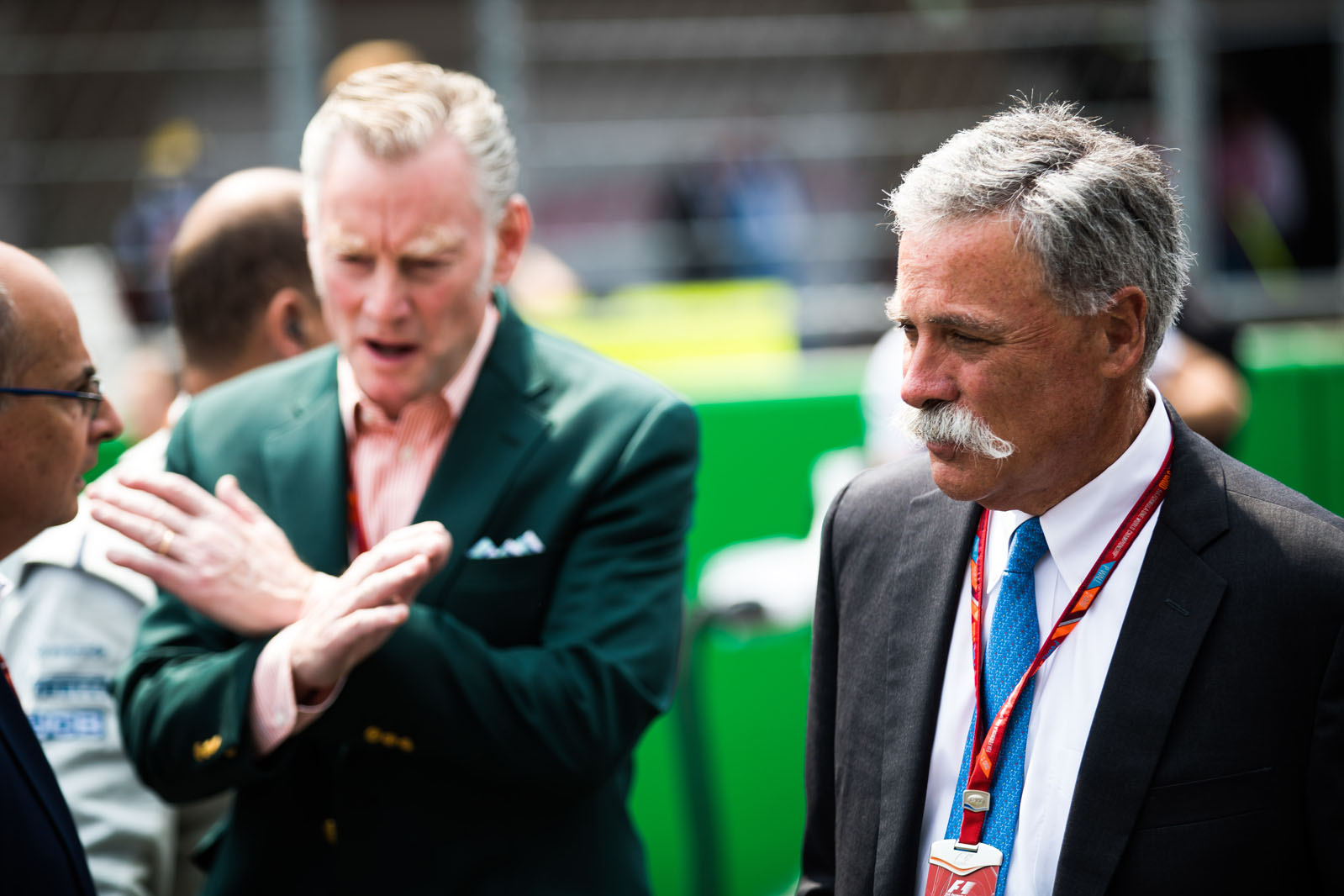


Join the debate
Add your comment
Strange beast
To me F1 is driven by the drivers, everyone knows Lewis Hamilton but half of them don't know who he drives for!
I watch F1 with a passion but much prefer the bump and grind of BTCC, relegated to the backwaters of ITV4, they race in "real" cars (I know, before the trolls kick in, that I can't PCP one just like it in Bristol Street Motors!) that have more relevance on the High Street.
I hope Liberty stick by their aim to keep F1 on Free to Air, I refuse point blank to line Murdoch's or Beardy's pockets to watch cars go racing
We also want to have six races in the US time zones...
...which can all be broadcast live to US consumers at hours that make sense.
I far prefer to watch those races at the time they then appear on our television: mid to late Sunday evening.
Nothing in this article makes